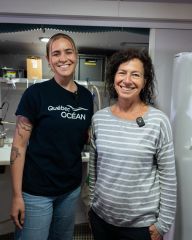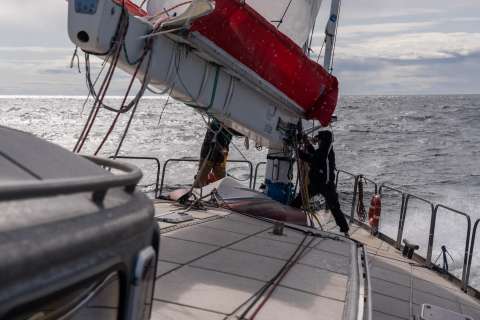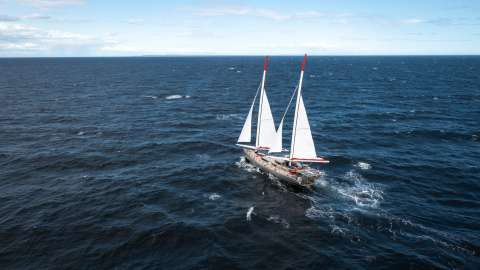At each station, they collect surface water samples. Back in the laboratory, these samples are filtered, freeze-dried, and then analyzed using pyrolysis, chromatography, and mass spectrometry.
Their goal is to detect and quantify nanoplastics—tiny fragments resulting from the breakdown of larger plastics. They are up to 1,000 times smaller than a human hair!
At this scale, their surface area is proportionally very large, which makes them capable of easily retaining other pollutants present in the water. When a marine organism ingests them, it can also absorb these contaminants.
By studying their presence and behavior, the team hopes to better understand the risks these particles pose to marine ecosystems, especially in the Arctic.










